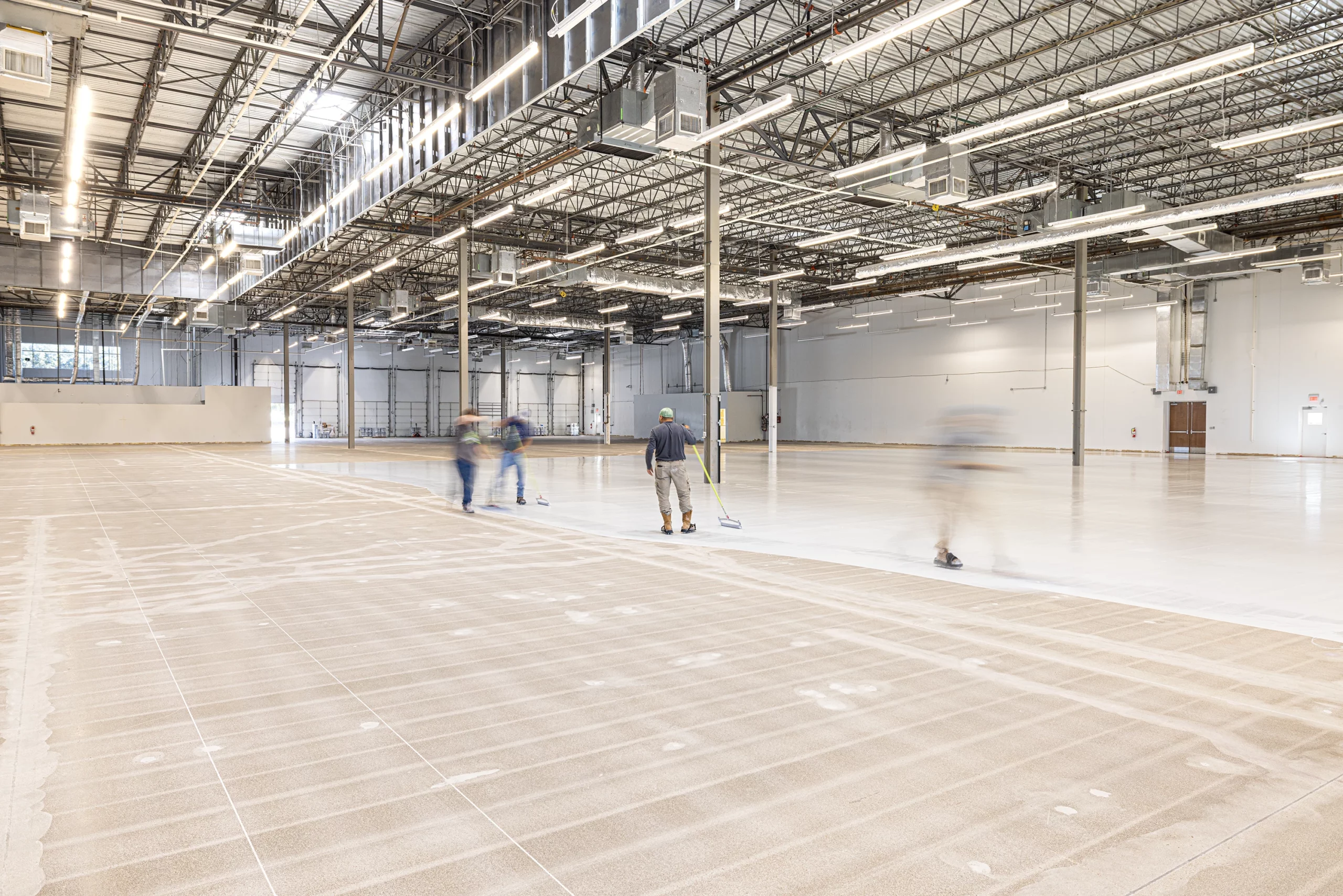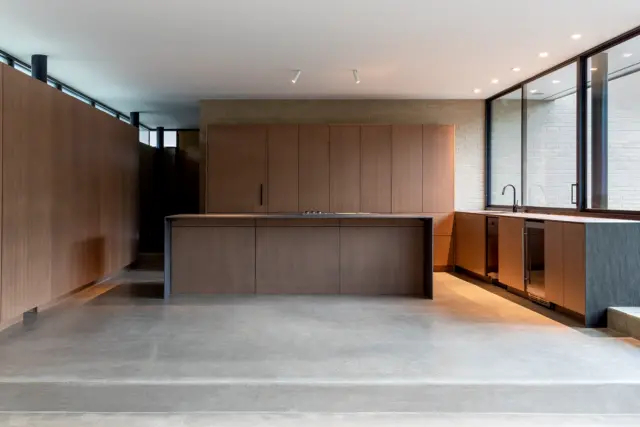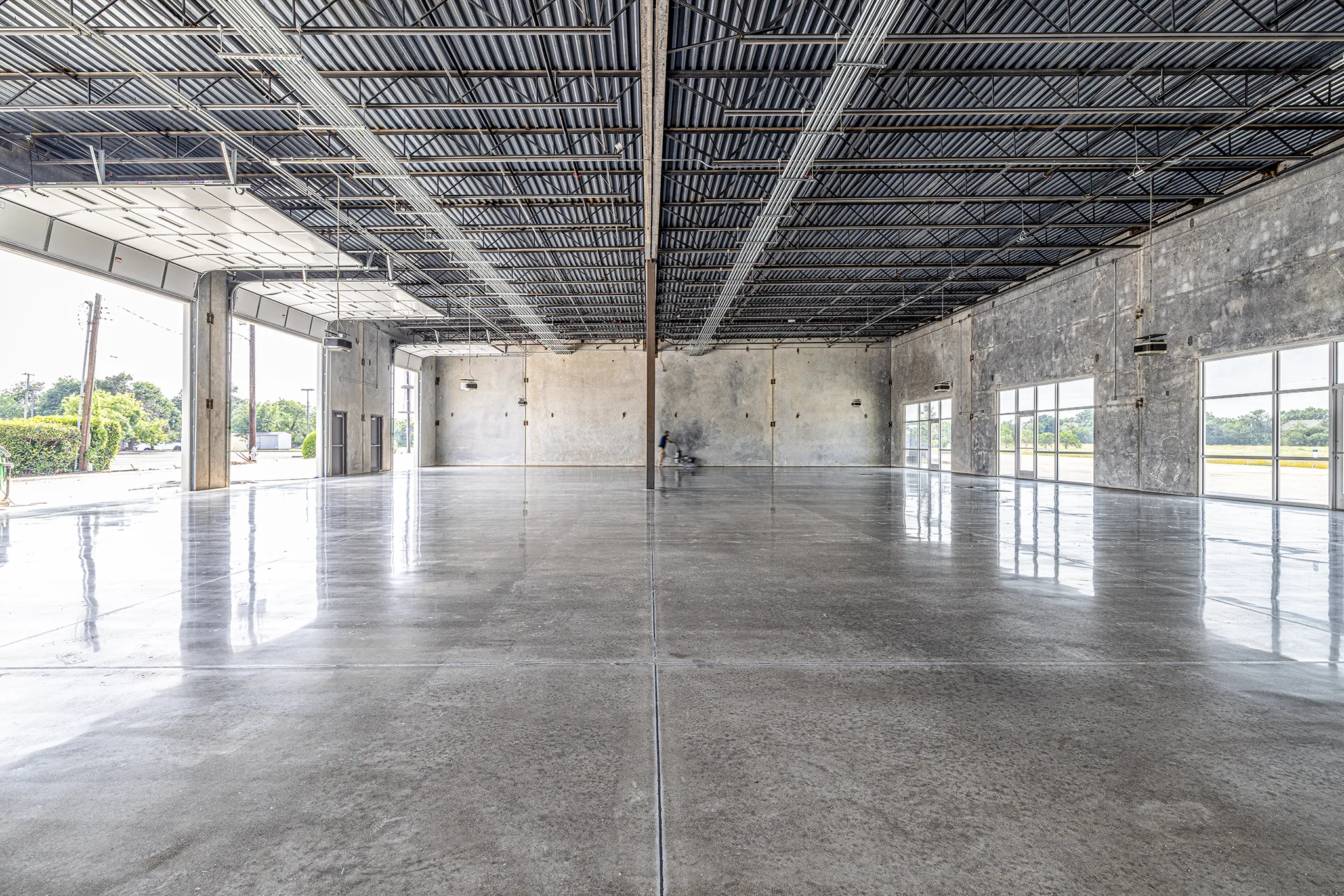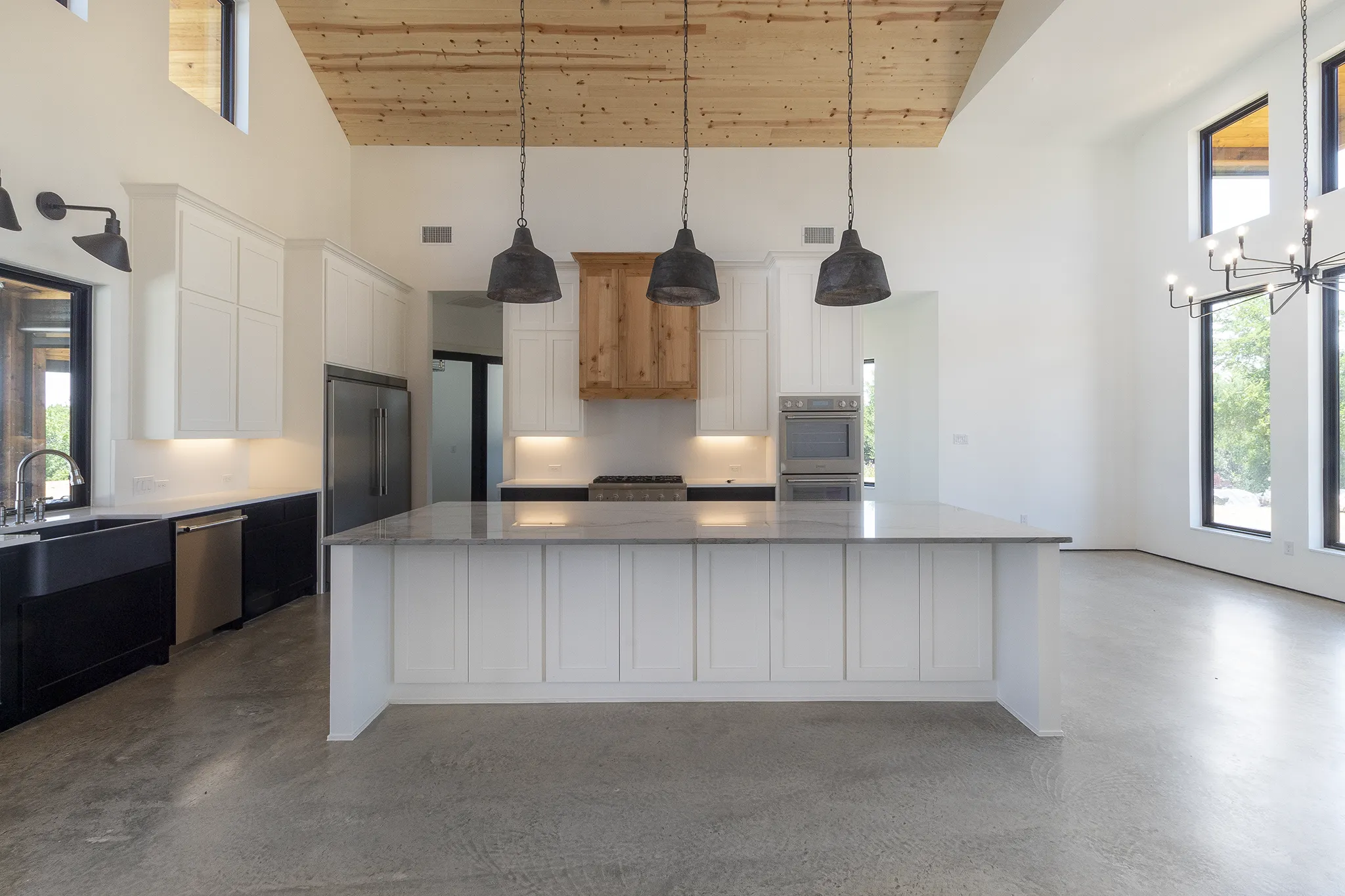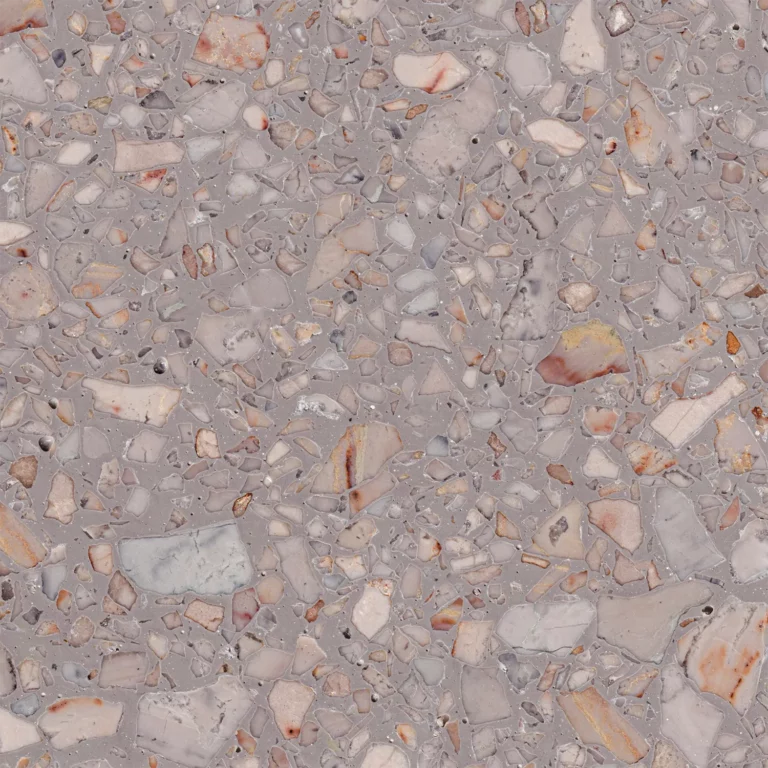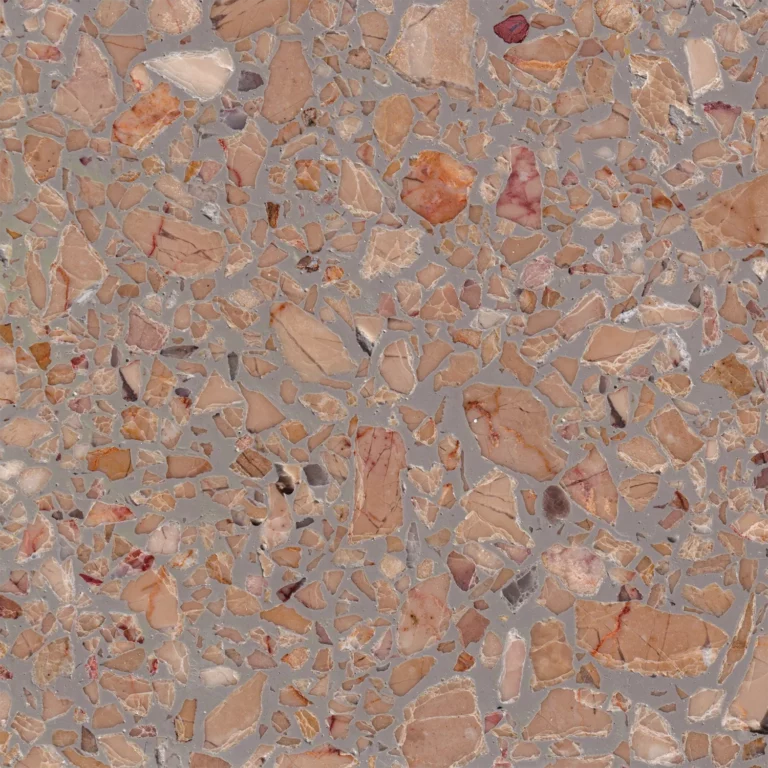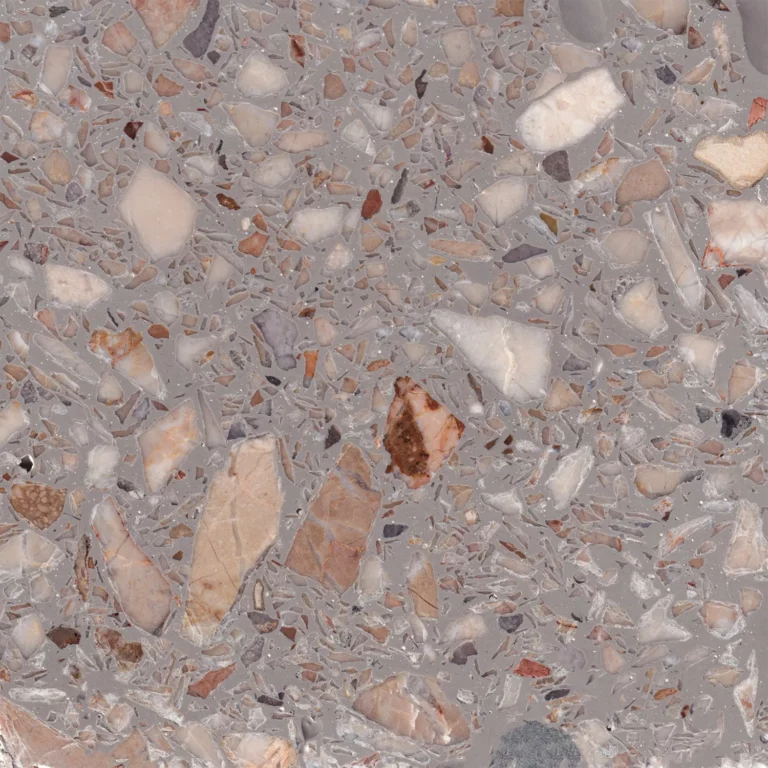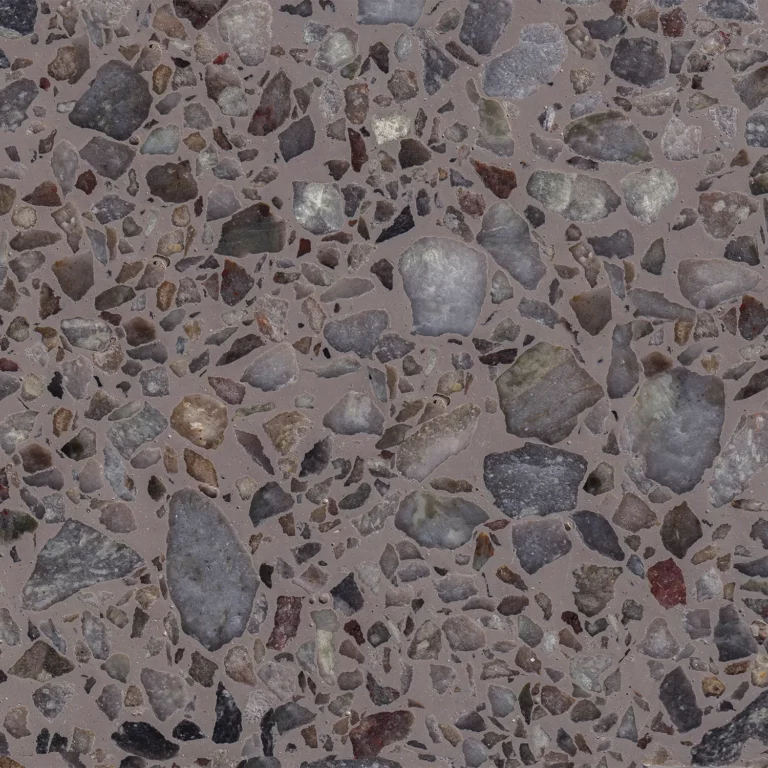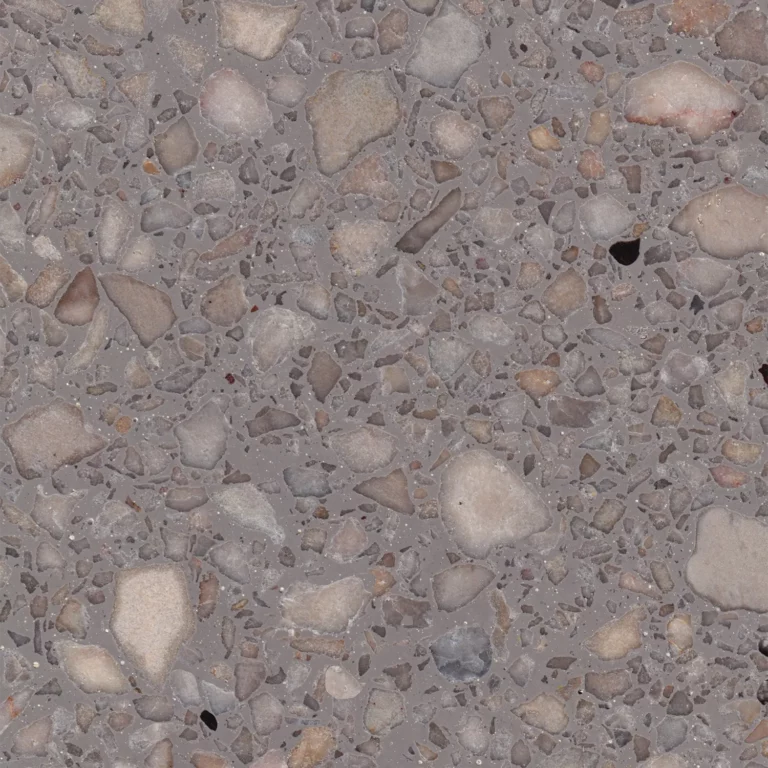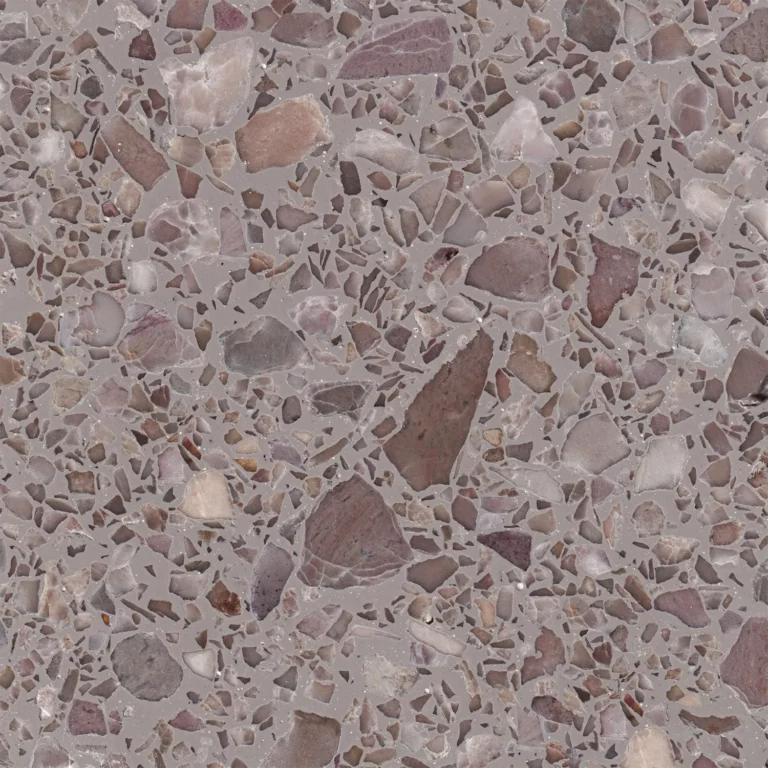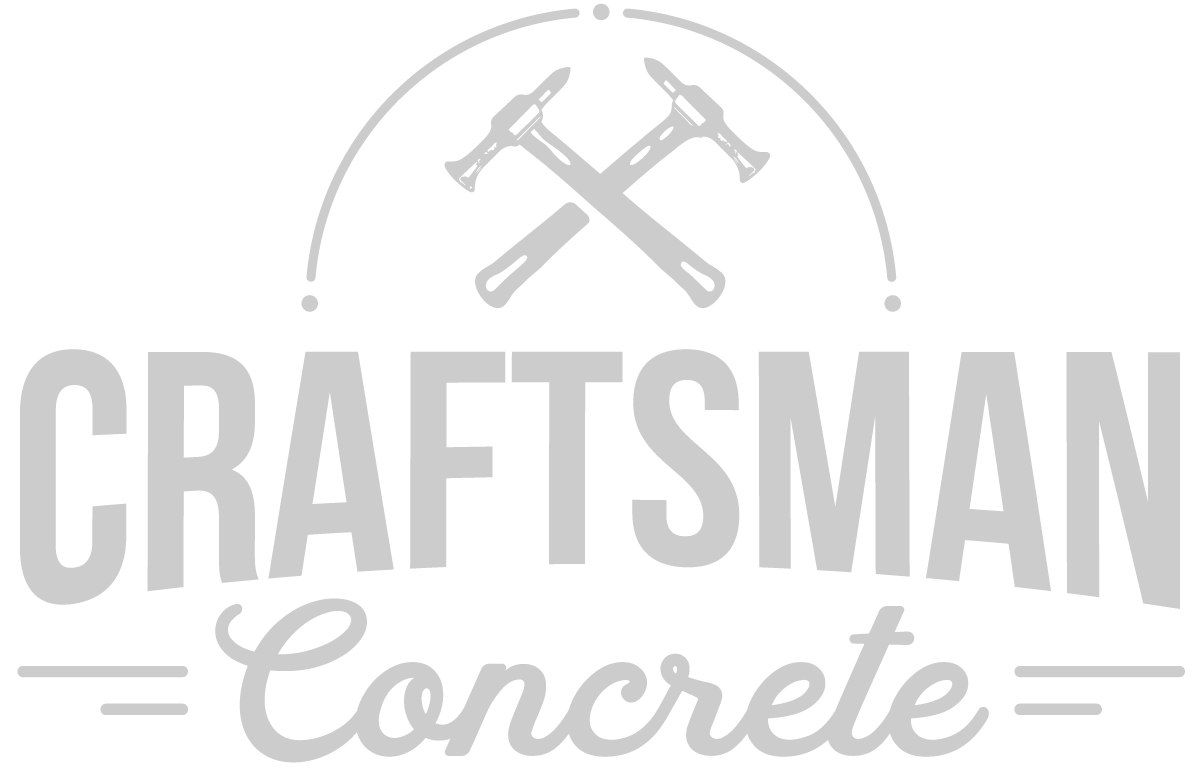Terrazzo Installation Services in Dallas
Terrazzo flooring is a practical and stylish choice for homes and businesses in Dallas, Texas, offering a balance of durability and classic design. Craftsman Concrete Floors provides professional terrazzo installation services, focusing on quality craftsmanship and attention to detail. Whether you’re updating a modern space or maintaining a more traditional look, our team works to deliver solutions that meet your needs. Learn more about how terrazzo flooring can enhance your property with Craftsman Concrete Floors.
Concrete Floor Installation Services
Our Clients




















What are Terrazzo Floors?
Terrazzo floors are a composite material made by embedding chips of marble, quartz, granite, or other materials into a binder, then polishing the surface to create a smooth, durable finish. Known for their timeless appeal and exceptional longevity, terrazzo flooring has been used for centuries in both residential and commercial spaces. Its versatility allows it to suit a wide range of design styles, from classic to contemporary, making it a popular choice for architects and designers alike.
There are two primary types of terrazzo floors: poured terrazzo and terrazzo tiles. Poured terrazzo, installed directly onto a subfloor, creates a seamless and highly-durable surface that can withstand heavy foot traffic and resist wear over time. On the other hand, terrazzo tiles provide a similar aesthetic with easier installation, offering flexibility for smaller spaces or projects with budget constraints. Both options deliver the signature look and performance that make terrazzo an enduring flooring solution.
Terrazzo in Luxury Retail
Terrazzo Design Benefits
Terrazzo flooring is frequently used in luxury retail both because designers have complete control its finished aesthetic and it offers very high levels of durability. The rock chips added to terrazzo floors are extremely hard, providing high levels of scratch and wear resistance. Further, terrazzo installations are environmentally friendly and offer great design flexibility (including integrated flooring logos, endless color and materials options, etc.).
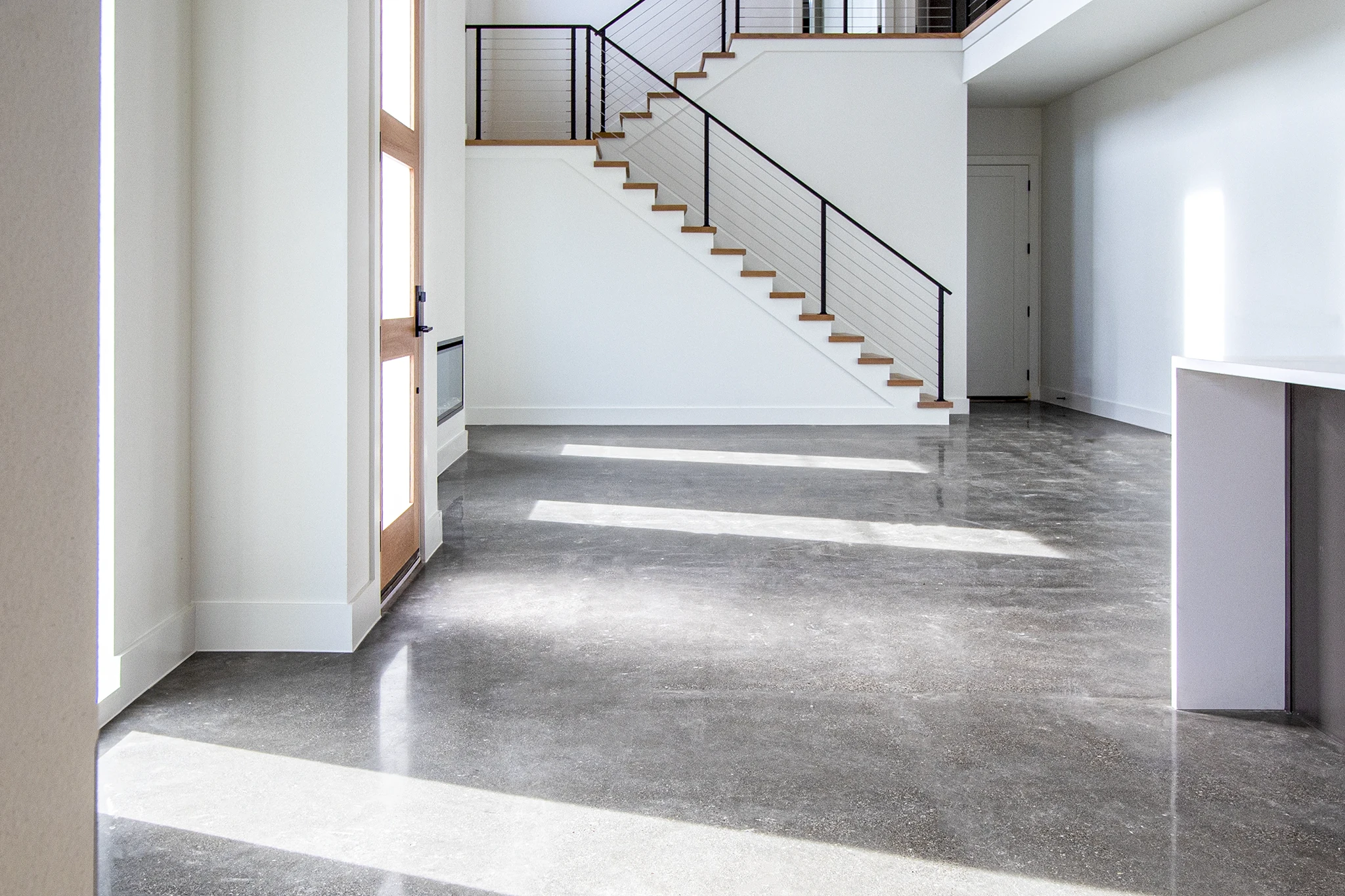
NorthPark Center in Dallas, Texas
This luxury retail flooring project for Australian fashion designer Scanlan Theodore highlights the elegance and versatility of terrazzo. Featuring a two-toned terrazzo system with native river rock aggregates, the design achieves a sleek and modern aesthetic. A brass divider strip separates the two flooring colors, adding a refined touch that complements the brand’s sophisticated image. The use of native river rock aggregates, with their smooth texture, enhances the organic feel of the terrazzo, offering a unique alternative to traditional crushed granite or marble chips. This installation perfectly balances durability and high-end design, making it an ideal choice for luxury retail spaces..
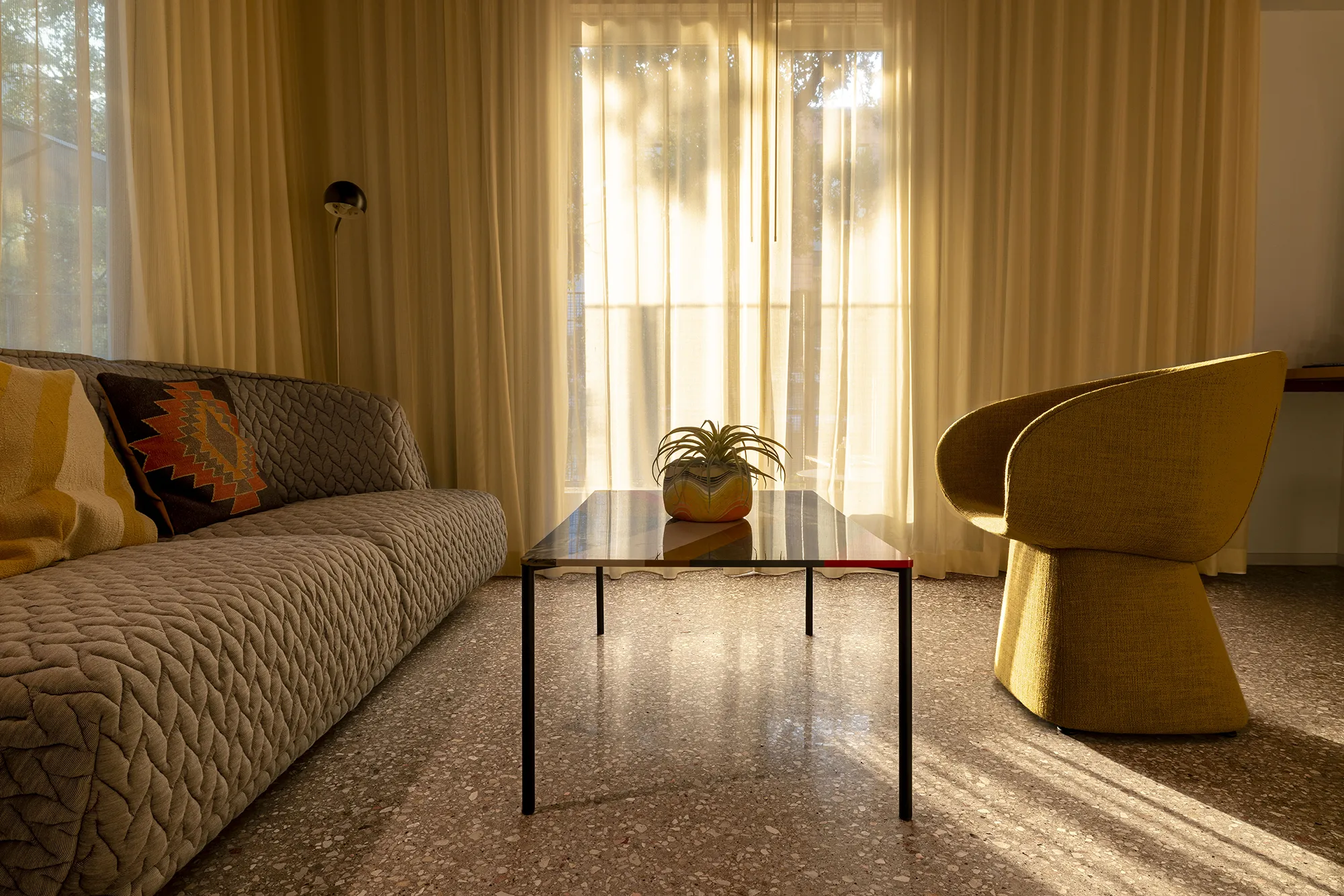
How are Terrazzo Floors Finished?
Custom terrazzo flooring is mixed in a specialized concrete mixer and then poured on top of an existing concrete subfloor. The depth of these installations can vary, but on this Dallas, Texas job, we poured the floor at less than 1 inch. Traditional terrazzo, dating back to ancient Rome, may be poured as thick as 5” inches. However, material advancements now allow for a much thinner pour depth.
Once cured, terrazzo flooring is polished using specialized tools to achieve the desired finish. The process begins with aggressive grinding to expose the embedded aggregates, followed by progressively finer polishing tools to refine the surface to the chosen gloss level. One of terrazzo’s key advantages is its customizable reflectivity, allowing for high-gloss finishes with a mirror-like appearance or satin and matte finishes that provide a subtle, modern elegance. While high-gloss finishes require additional polishing steps and are slightly more expensive, the cost difference is minimal due to the efficiency of the process.
Want to Learn More About Terrazzo Floors?
We’re here to guide you through the design of our products. A Concrete Floor Specialist will reach out within one business day.
Residential Terrazzo Considerations
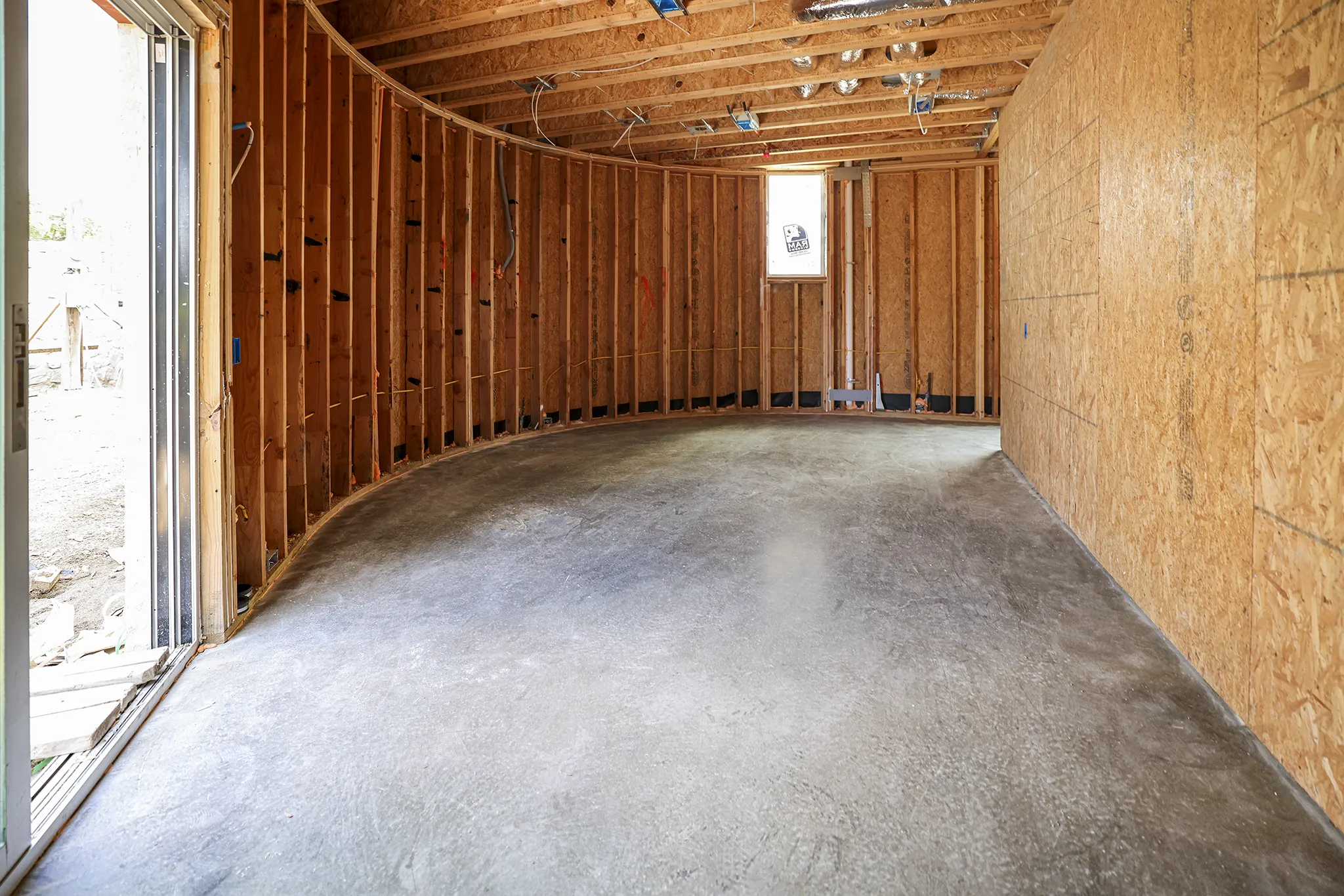
Can terrazzo be installed in Homes?
Increasing Popularity
Yes, terrazzo flooring can be installed in homes. In fact, terrazzo was a very popular residential installation in the 1950s and 1960s. As we see finishes from this era become increasingly popular, terrazzo specs in residential installations become more and more common.
New Construction
One important thing to note is that a quality terrazzo installation is often only possible in new construction or fully gutted renovations.
Residential Renovations
Because terrazzo goes directly on top of the concrete slab, it may necessitate modification to existing trim work and millwork in a home. Further, because terrazzo floors must be heavily ground as a part of their finishing process, it’s important that there are no existing finishes in a home to get in the way of a concrete grinder.
If you’re looking for a terrazzo floor in your home and are not committed to a full renovation, terrazzo tile may be your best option. Terrazzo tiles offer a wide variety of prefinished looks and textures in both standard and large format sizes. It’s possible to incorporate zinc strips into terrazzo tile installations as well for a more authentic terrazzo appearance.
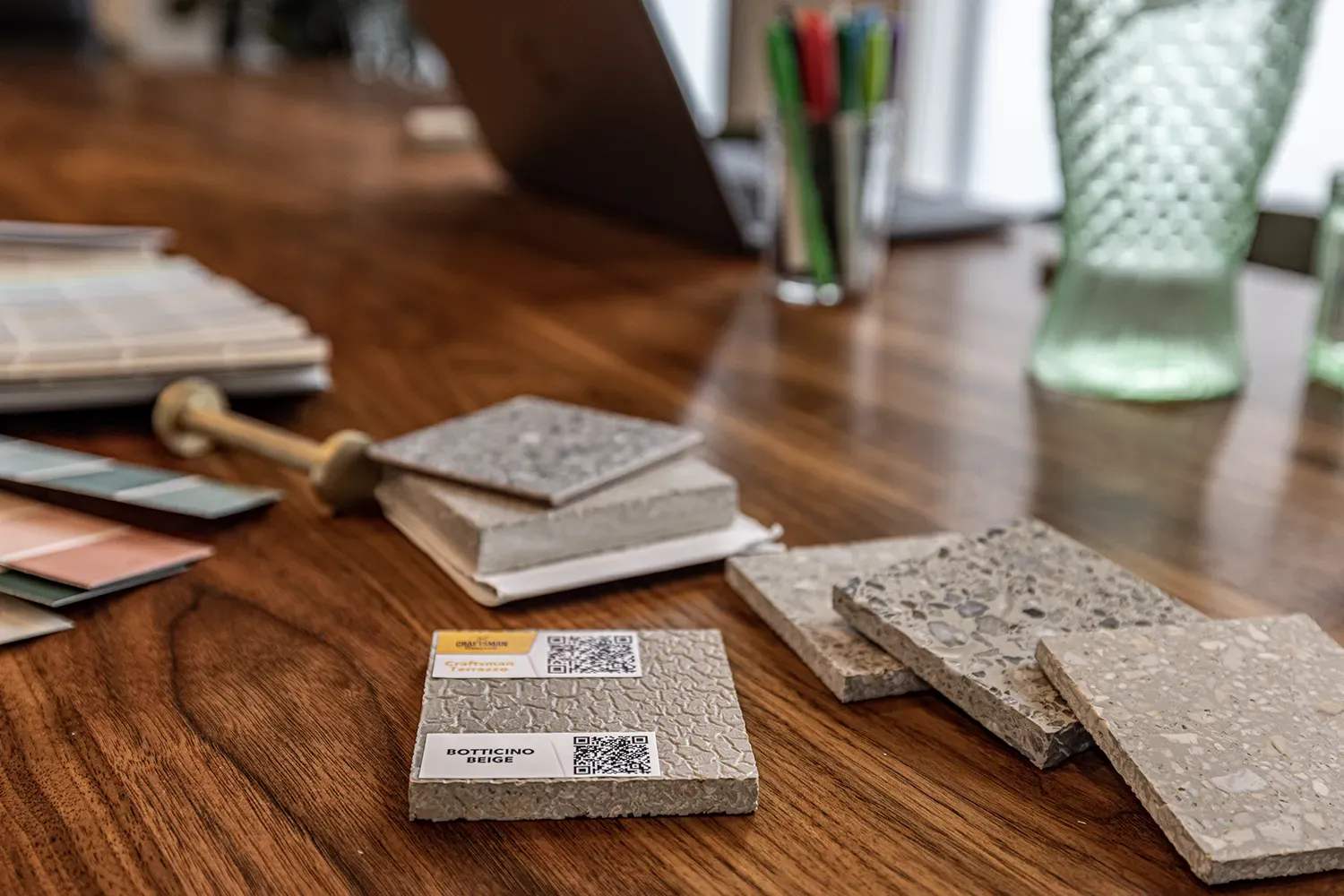
Selecting Aggregates For New Construction
Aggregates (rock and sand) make up 60% to 75% of a typical concrete mix, adding strength and preventing cracking. During pouring and troweling, smaller particles rise to the surface while larger ones settle. Aggregates are sourced from quarries, rivers, oceans, or recycled materials and can be customized for size, shape, and color. This is crucial for finishes where the concrete surface is removed to expose the aggregate for polishing.
For a salt-and-pepper finish, rounded river rock works well. Its smooth edges allow larger stones to sink, leaving only sand and small particles exposed. For a rock-cut finish, jagged-edged rocks stay suspended near the surface, creating a dense, terrazzo-like look.
In many cases, architects or interior designers will help a home or business owner determine what specifications will work best for their goals.
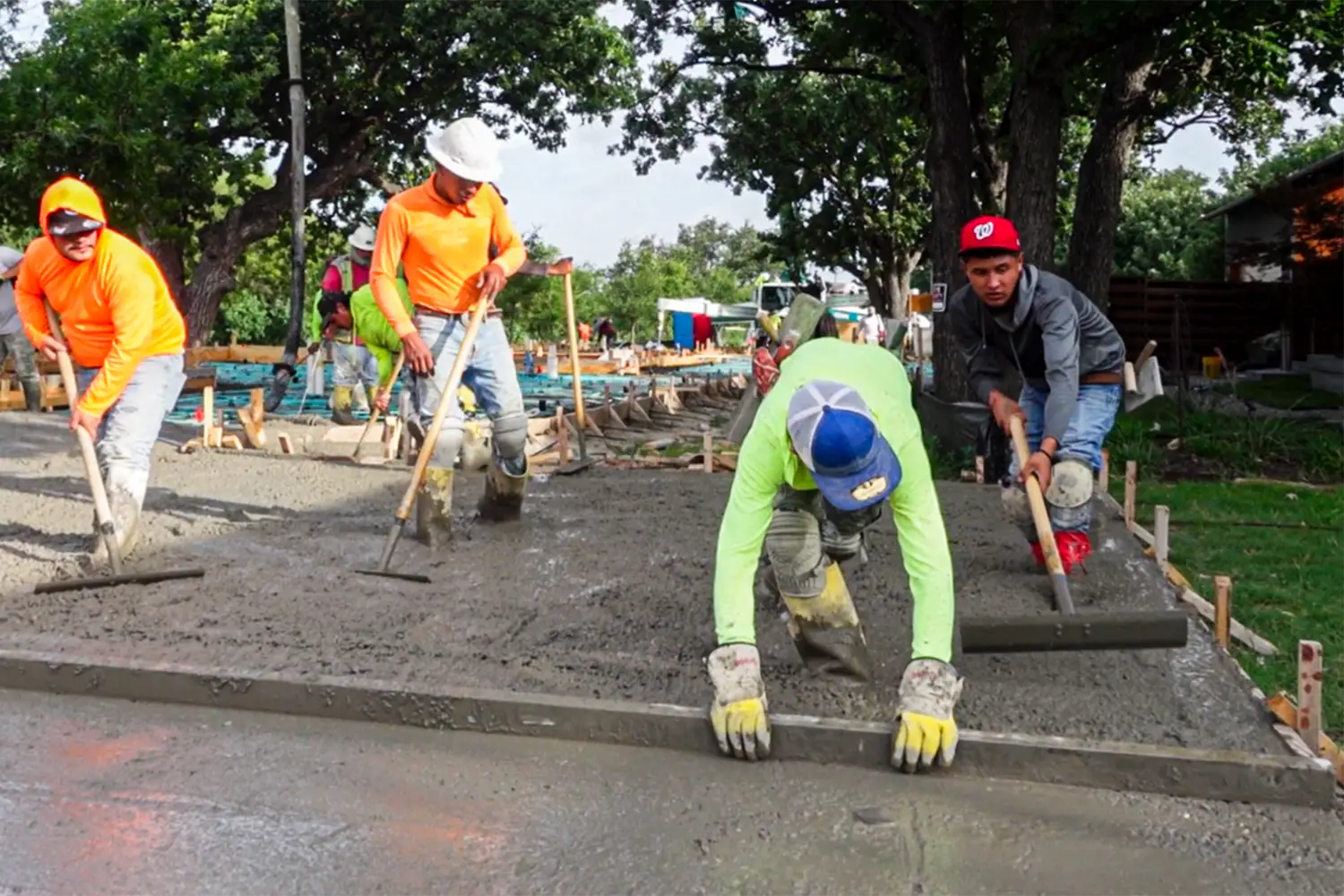
Troweling Technique
For most applications, using float pans under a power trowel creates the flattest possible floor while preserving the cream layer. When finishing a cream-polished floor, avoid hosing water onto the slab—it may help with workability but risks washing away the cream.
To maintain a light-colored finish, avoid over-troweling, as it can darken the surface. For best results, use plastic float pans for two passes, followed by two passes with plastic blades. Minimize the use of steel blades when possible. This method ensures a flat, light-toned finish ideal for polished concrete floors.
More About Concrete Polishing
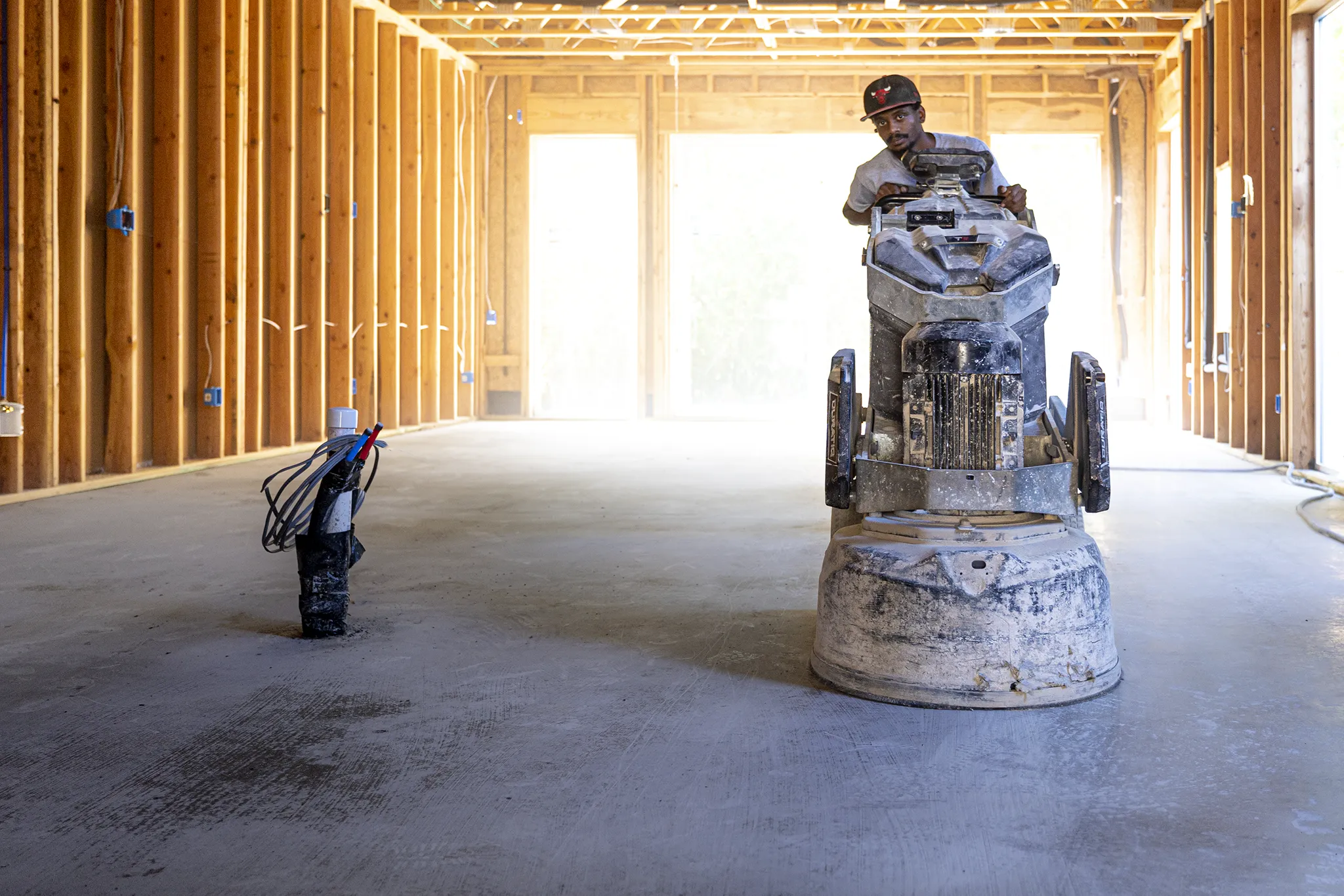
CUTTING
For polished concrete floors with exposed aggregate, the first step is cutting. This process removes the slab’s surface to expose aggregate, with sizes ranging from sand to large rock. Cream-polished floors skip this step, as the surface is not cut before polishing.
Cutting requires aggressive tooling made from diamonds bonded in metal, designed to efficiently grind concrete. A typical cut involves at least three steps, often progressing through 40, 80, and 120 grit tools.
The amount of exposed aggregate is typically specified in architectural plans. The Concrete Polishing Association of America defines exposure levels from A (minimal) to D (maximum). While larger aggregate exposures demand more time and expertise, they deliver stunning, modern finishes unachievable by other methods.
At Craftsman Concrete Floors, we excel in creating these large aggregate finishes, offering polished floors with unparalleled visual impact.
| CLASS | EXPOSURE | CUT DEPTH |
| A | CREAM | NONE |
| B | SALT AND PEPPER | 1/16TH INCH |
| C | SMALL ROCK | 1/8TH INCH |
| D | LARGE ROCK | 1/4 INCH+ |
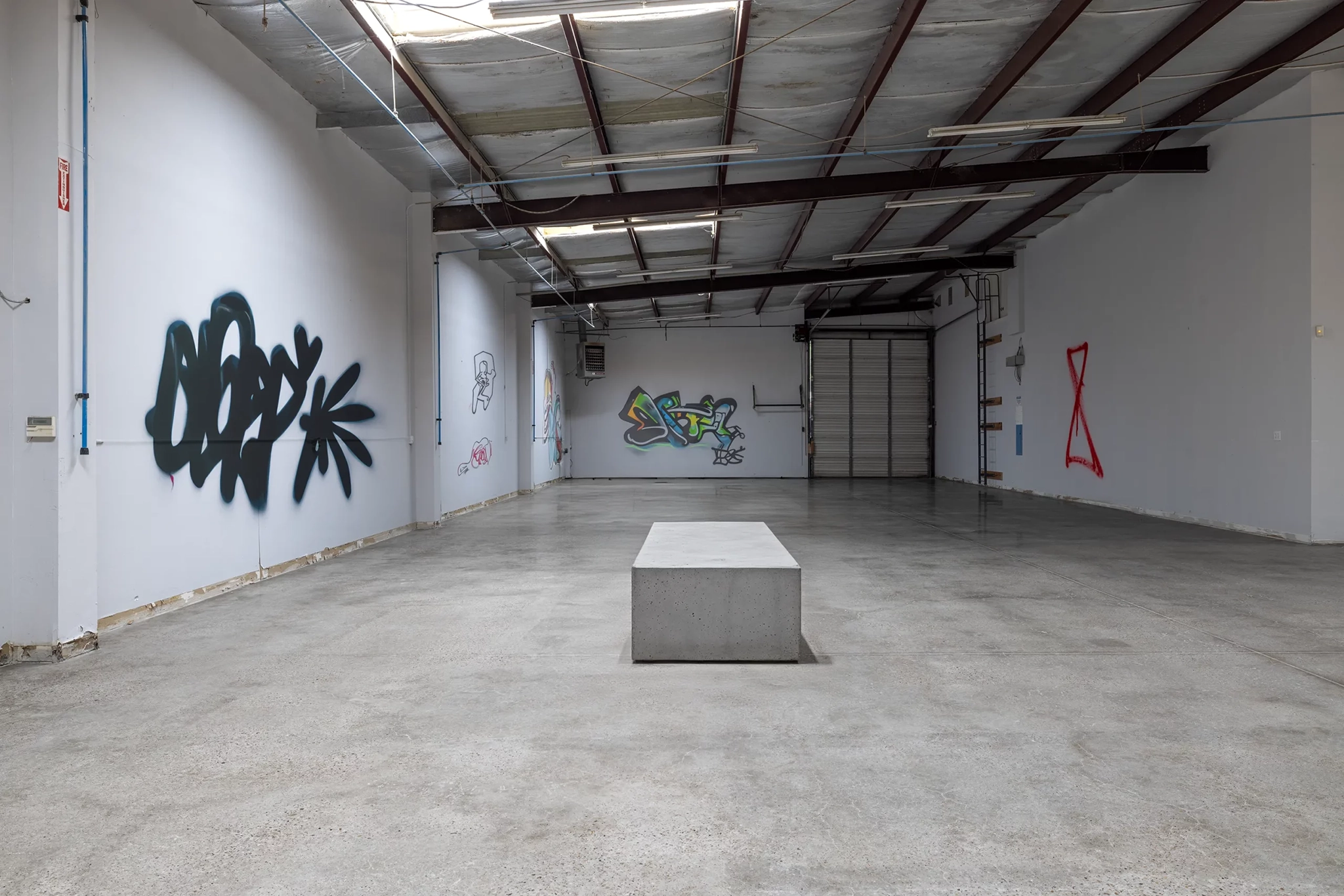
POLISHING
The polishing process gives concrete its reflective finish. Using diamond tooling bonded in resin or plastic, this step removes minimal material while refining the surface. A standard polish involves four steps with 100, 200, 400, and 800 grit tools. For maximum reflectivity, additional passes with 1500 and 3000 grit may be added.
Reflectivity Levels
Polished concrete reflectivity is classified into four levels by the Concrete Polishing Association of America, with Level 4 being the most reflective. Residential floors typically aim for Level 2 – 4 finishes.
| LEVEL | GRIT | APPEARANCE |
|---|---|---|
| 1 | 200 | Matte and Non-Reflective |
| 2 | 400 | Satin – Diffusely Reflects Light. |
| 3 | 800 | Polished – Reflections can be Identified. |
| 4 | 1500+ | Highly Polished – Mirror-Like Finish. |
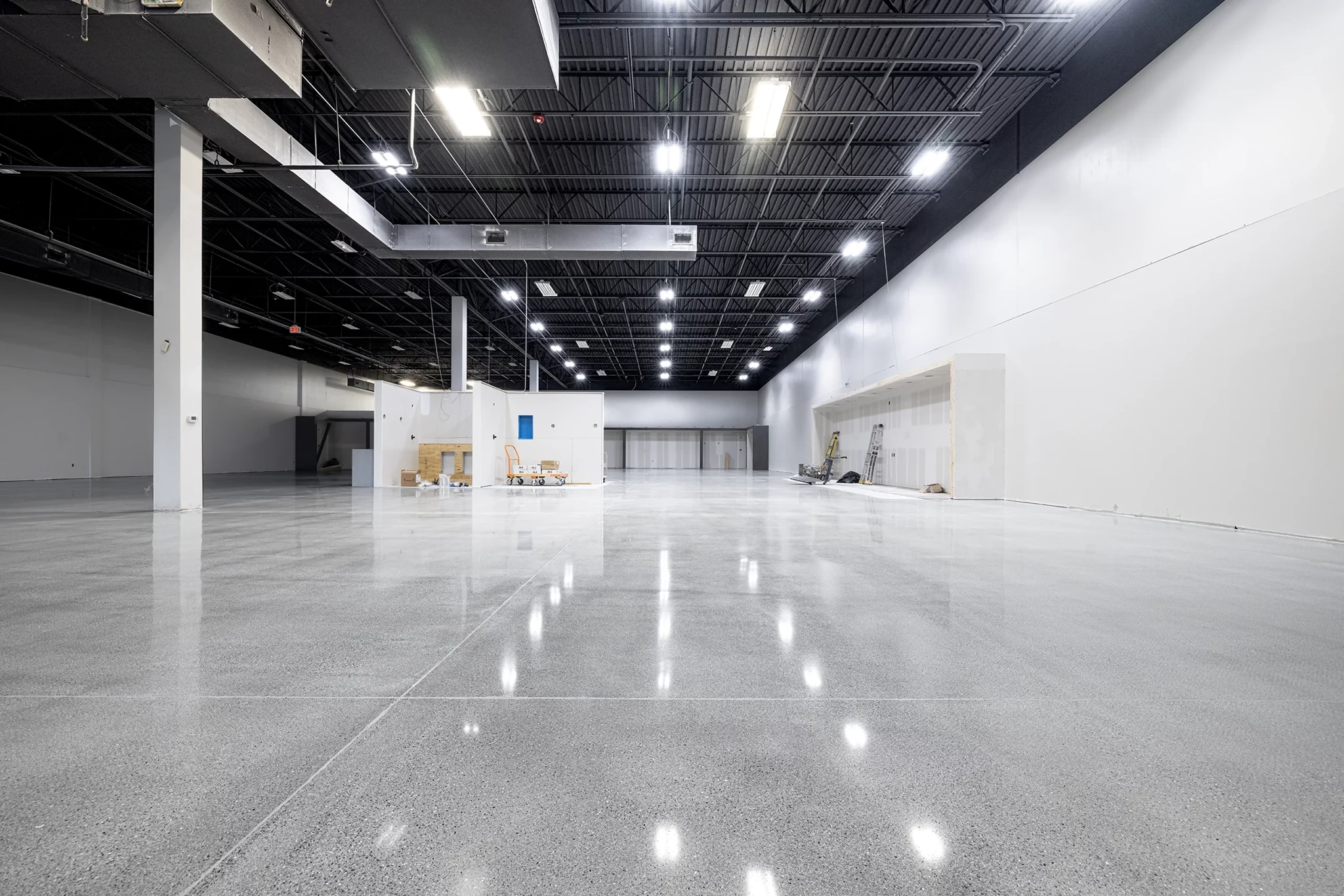
IMAGE CLARITY
A stunning polished concrete floor is about more than just reflectivity. While reflectivity measures how much light bounces off the surface, clarity defines the sharpness of reflected images. Achieving clarity depends on floor flatness, density, and porosity.
Dense, nonporous, and perfectly flat floors create mirror-like reflections without waves or distortion. Properly polished concrete delivers crisp, clear reflections free of haze.
Learn more About Concrete Floors
Frequently Asked Questions about Polished Concrete Floors
Terrazzo is frequently installed in Dallas hospitals, universities, municipal buildings, airports, and luxury retail spaces. Its seamless design and long-term durability make it ideal for high-traffic public areas where visual appeal and easy maintenance are critical.
Yes. Terrazzo holds up exceptionally well in North Texas heat and humidity. Its dense surface resists moisture, and when properly sealed, it stands up to climate-driven expansion and contraction better than many other flooring systems.
Yes. We specialize in terrazzo restoration and replication, including color-matching aggregates and epoxy resins for historic Dallas buildings. Whether it’s a civic structure, university, or renovation in Uptown, we can recreate original designs with modern durability.
Absolutely. Terrazzo is considered a low-VOC, long-lifespan floor with recycled glass and aggregate content, qualifying for LEED credits. It’s a top choice in Dallas-area education, medical, and government facilities pursuing environmental certification.
Maintenance is simple: regular dust mopping and occasional wet cleaning with neutral pH solutions. Our team offers ongoing terrazzo care services in Dallas, including sealing, polishing, and chip repair to preserve the original shine for decades.
Terrazzo floors are made of a combination of an epoxy or cement binder, and aggregates such as marble, granite, or glass. After poured, this mixture is polished to the desired level of reflectivity.
Specialized concrete-based terrazzo systems are suitable for outdoor installations, and are extremely durable. An example of a well-known outdoor terrazzo installation is the Hollywood Walk of Fame.
Epoxy Terrazzo Systems typically range from 3/8″ to 1/2″.
We install Terrazzo Flooring in Dallas Areas, including:
Abrams, Addison, Arcadia Park, Arts District, Beckley Club Estates, Belmont, Bent Tree, Bishop Arts District, Bluffview, Buckner Terrace, Casa Linda, Casa View, Cedars, Cityplace, Claremont, Club Manor, Cockrell Hill, Convention Center District, Coppell, Deep Ellum, Design District, Devonshire, Downtown, Eagle Ford, East Dallas, Eastwood, Exposition Park, Fair Park, Farmers Market District, Five Mile Creek, Forest Hills, Frankford, Glen Oaks, Greenland Hills, Hamilton Park, Highland Hills, Highland Park, Hollywood Heights, Lake Highlands, Lakewood, Ledbetter Gardens, Love Field Area, Main Street District, Moss Meadows, North Dallas, Oak Cliff, Oak Lawn, Old East Dallas, Pleasant Grove, Preston Hollow, Red Bird, Reinhardt, Richardson, Roseland, South Boulevard/Park Row, South Dallas, State Thomas, Stemmons Corridor, Stevens Park, Swiss Avenue, Trinity Groves, Turtle Creek, Uptown, Vickery Place, Vickery Meadow, Victory Park, West Dallas, West End Historic District, Wheatley Place, Winnetka Heights, And More.
Blog
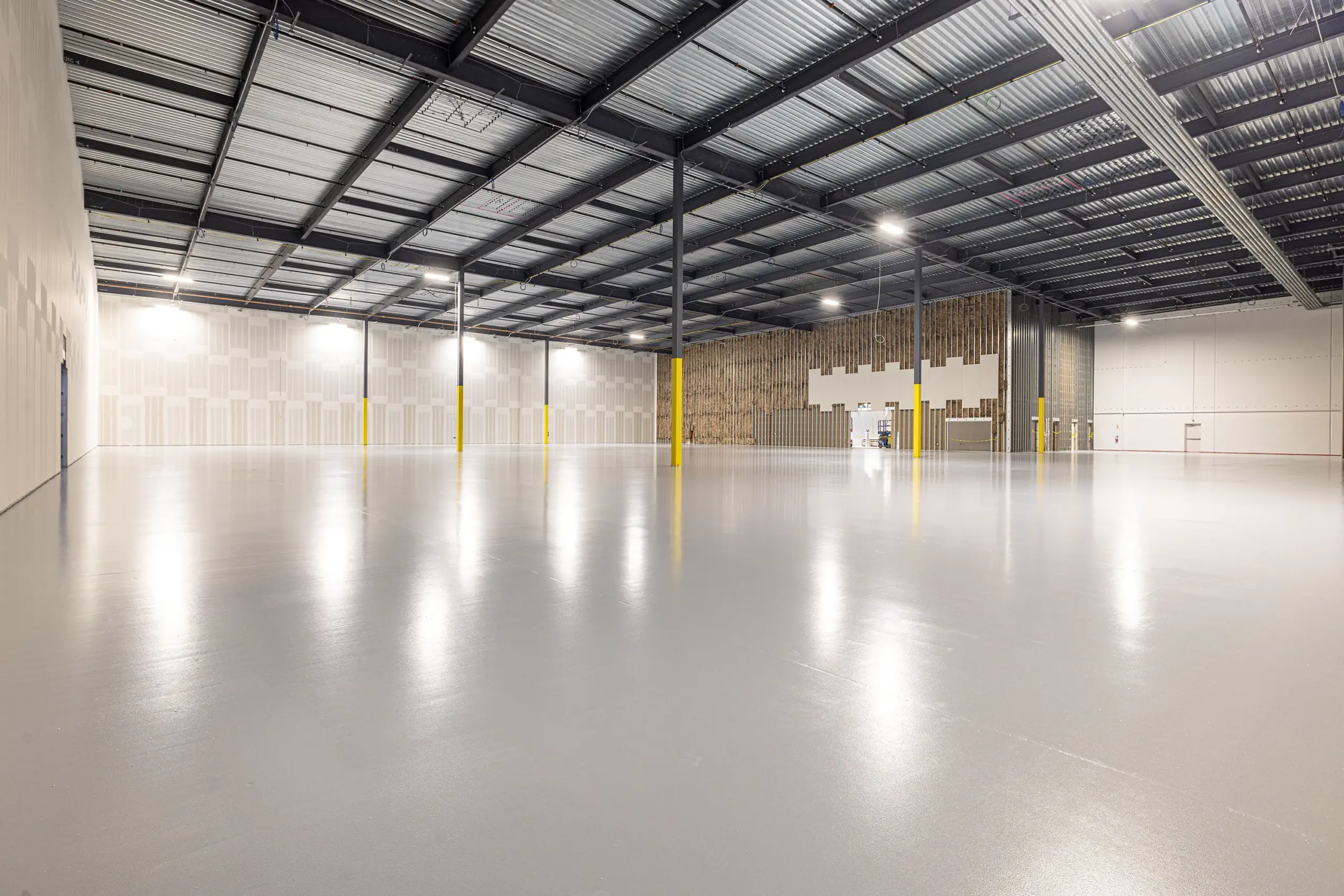
Project Highlight: 34,000 Sq. Ft. ESD Epoxy Installation in Dallas, Texas
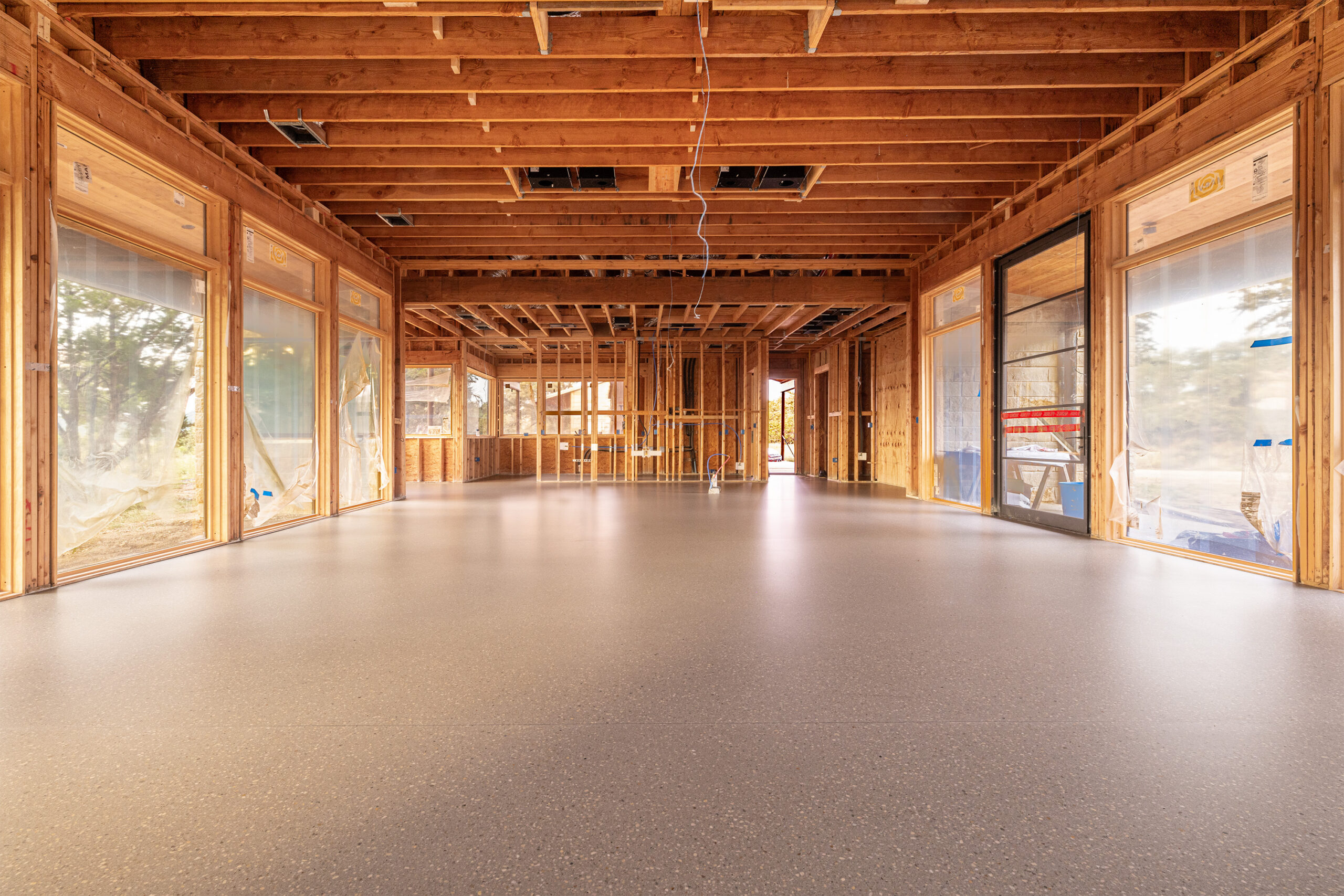
Project Highlight: New Residential Terrazzo Floors in Fort Worth, Texas
